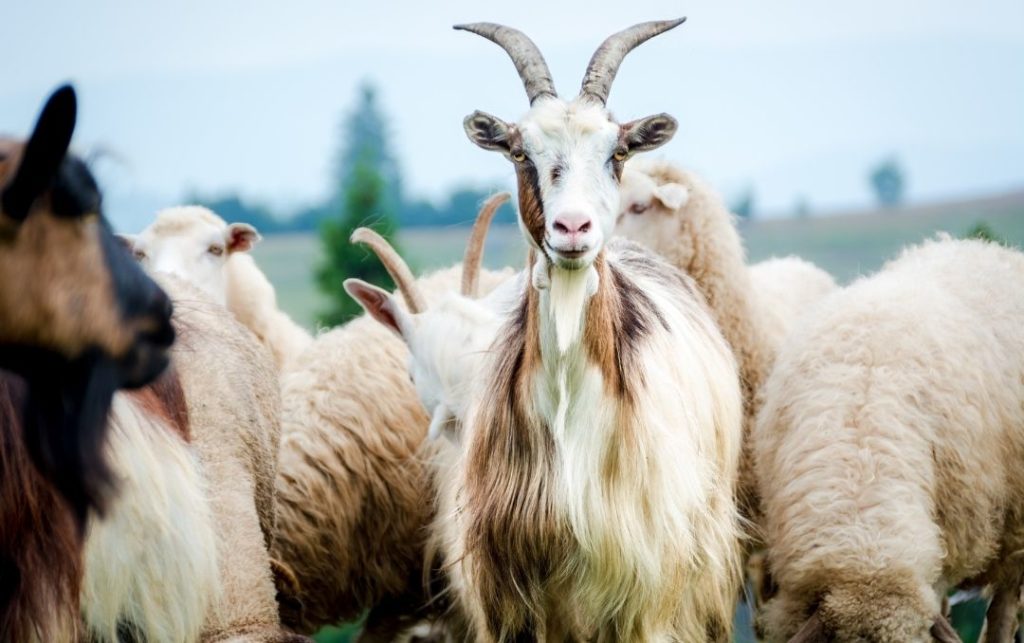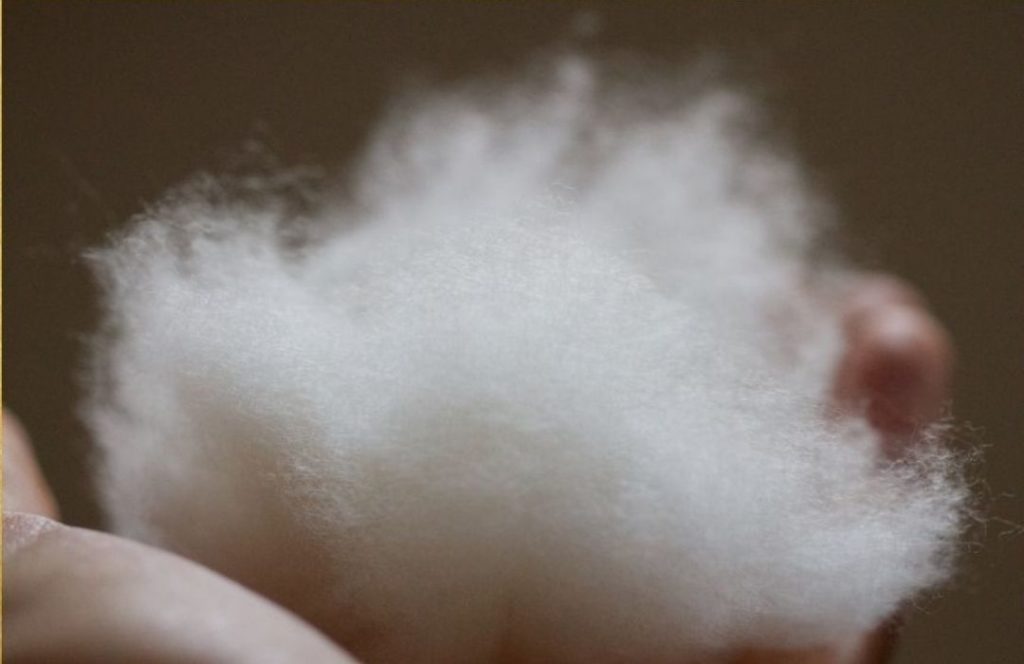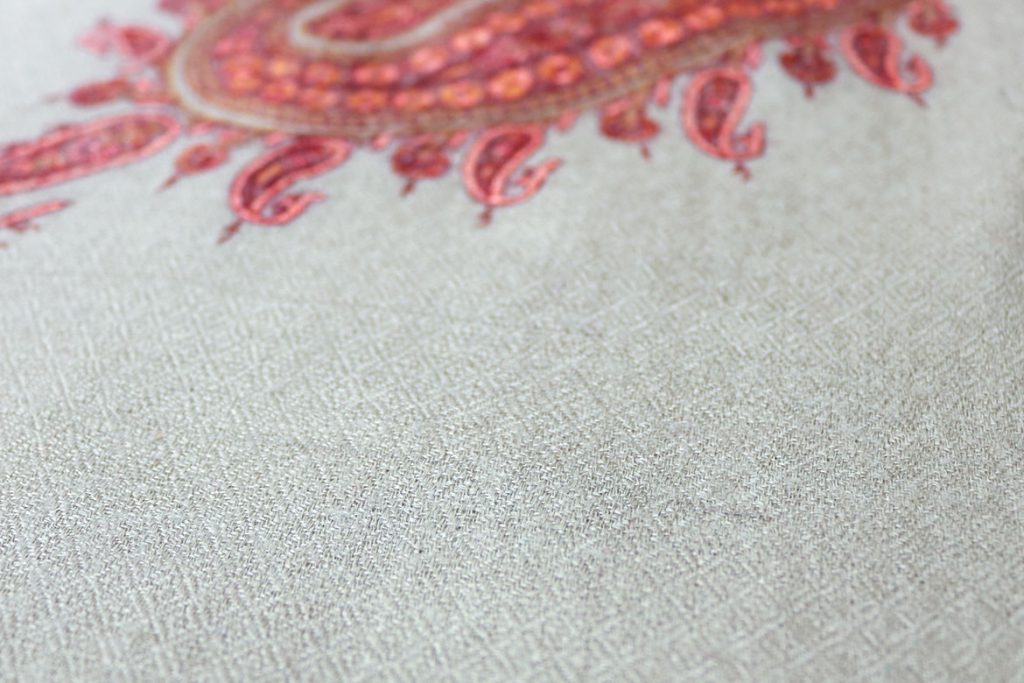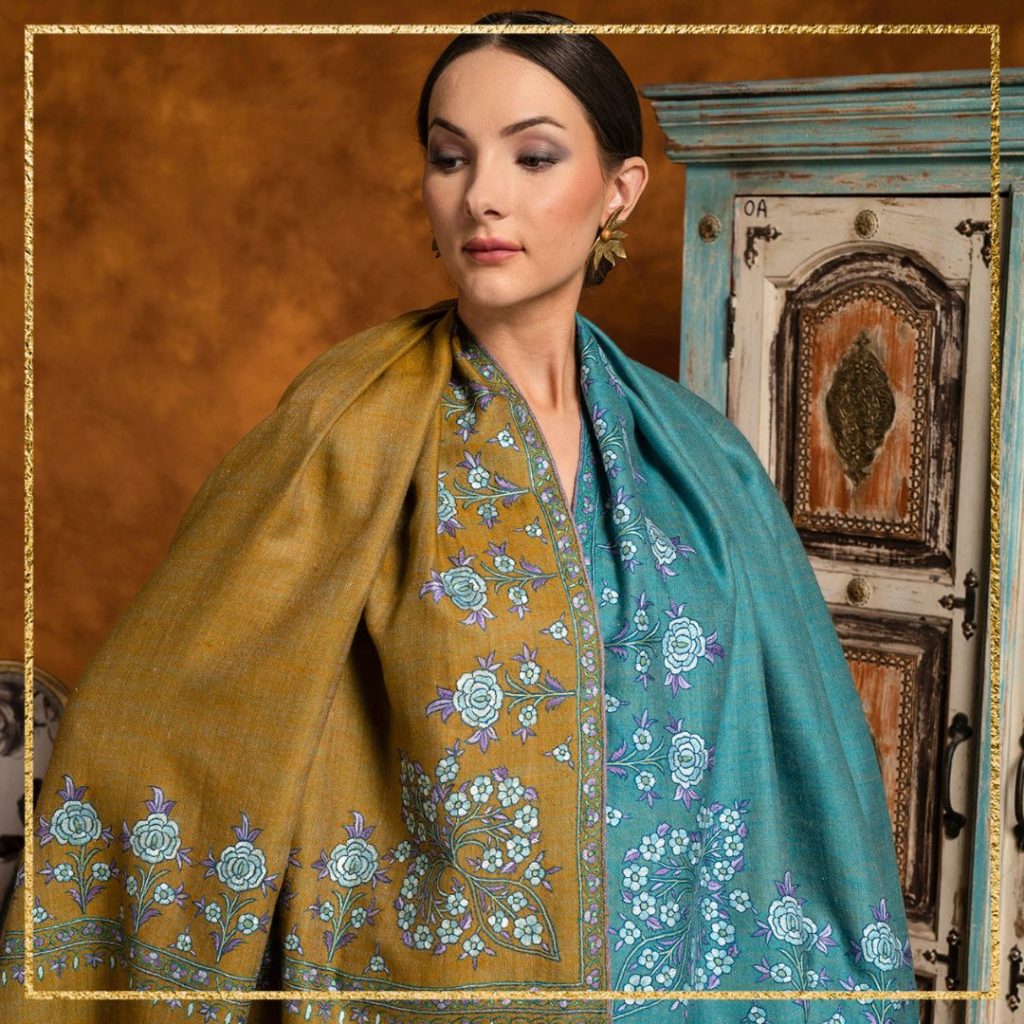Pashmina is the crafting of the finest Cashmere by ethically procuring it and then diligently curating it. The beauty of Pashmina lies in the authenticity it preserves. The endless journey of heritage is evident in each masterpiece of Pashmina Art. Henceforth, the uniqueness of the luxurious Art defines the glory of fine and ethical Cashmere. The genuineness of Pashmina suffuses several ways to know about it. The defining property of Pashmina Art is the fact that Cashmere procured is the finest. In addition, it is obtained from the Changra Goats from Changhthanghi.
The procuring the finest Cashmere

The Changhthanghi plateau is a high-altitude region. The minimum temperature goes more than minus 20°C in winter. The rarest breed of goats called the Changra goats dwells at the feet of the mountain Changhthanghi. In the harsh winters, the Changra goats meticulously develop a thick layer of wool on their bodies. Thus, to overcome the cold. With the changing of seasons, the Changra goats shed off the thick wool by rubbing against rocks and trees to comfort the heat of summer. Also, it's manually done by the Changpa tribe who are the herders of the Changra goats. They manually comb the thick wool out. The wool is called Cashmere wool.
The Art
The finest Cashmere wool is transferred to the Valley of Kashmir in small packets. The tufts of Cashmere wool are hand-cleaned and sorted. Thereafter, the Cashmere wool is spun across a wheel called yinder. Then, the magical yarn of Cashmere is whirled upon the wooden stick called thonchur by the process called pranch. Afterward, the yarn is taken to the local workshops where a handloom moves ahead with the process. The handlooms are made of forest wood. The highly skilled artisans work upon the handloom with their hands and feet to curate the finest Cashmere fabric.
After the making of a fine Cashmere base, the crafting begins with the first step of dyeing. The dyeing of Cashmere is done by a skilled dyer called Rangur in the local language. There is an array of colors with each shade and tone. The pigmentation is done according to the requirement. In the whole dyeing process, all the steps are done manually by the skilled people of the valley.
Moreover, further steps like patterning, printing, embroidering, weaving, and ornamentation are done according to the designer's design. Henceforth all the processes from cleaning to the designing of Cashmere fibre are the Art of Pashmina. The Pashmina Art is exclusive in the Valley of Kashmir. That's why there is always an aura of Kashmir valley in each and every masterpiece of Pashmina. In addition, the crafting of Cashmere into several styles of Cashmere Scarves, Cashmere Wraps, and Pashmina Shawls is the Art of Pashmina. Thus, it is rich in explicitness and luxury of the valley.
Ways to ensure the Purity of Pashmina accessories
There are several ways to make sure that your Pashmina accessory is real or Pure. For a long time, there have been fraudulent identities that have merged their business with Pashmina Crafting. Therefore, it is a responsibility to ensure that the accessory is Pure and not fake. Therefore, Pashmina.com has cherished the glory by defining it and gathering the ways to ensure the purity of a Pashmina accessory.
1. The diameter in microns

Mainly, there are diverse breeds of cashmere-producing goats. Each breed has a specific percentage of production in the total production. The several breeds viz; Australian Cashmere Goat, Liaoning, Inner Mongolia, Xinjiang, Hexi, Zhonghwei, Tibetan Plateau, Luliang breeds, Changthanghi, etc. Therefore, all the breeds produce Cashmere wool that produces warmth. The exclusive breed of goats called Changra Goats is rare species of goats that produce the finest Cashmere of all that goes further in the process of crafting in Kashmir. The crafting of the finest Cashmere from Ladakh is Pashmina Art. In addition, the finest Cashmere is 12 to 16 microns in diameter. Therefore, anything more than that is a fake Pashmina accessory. When it comes to a high-quality Pashmina, the thing goes like this; the lower the micron count softer will be the Pashmina accessory.
2. The Irregular Weave

All you have to do is take the Pashmina accessory and check its weave against the light. There will be seen an irregular weave called the chashm-e-bulbul in the local language. It is an irregular diamond weave. Pure Pashmina accessories are woven on a handloom in Kashmir, Therefore, the handmade always signifies uniqueness and imperfections. Therefore, the irregularities are the token of authenticity in accessories.
3. The Flame Test
We cannot burn an accessory to test it out. Therefore, you just need a single yarn from the side of the accessory. You can simply pull a yarn or two out from the border of the Cashmere accessory. Then you take it near the flame of a candle. Make sure you are vigilant during the process as it needs one of the senses. Smell the aroma of the burnt Pashmina and check the ashes diligently with your fingertips. If you sense a burnt hair smell like that of any natural hair that is burnt, then it's likely to be a Pure Pashmina accessory.
In addition, precisely look out for the ashes, if it turns out to be like a matte substance, it is likely to be Pure. It is a fact that these accessories are crafted from the finest Cashmere hair procured from a goat. Therefore, hair burning should be similar to the burning of all-natural hair.
Also read: WHAT DO YOU WEAR WITH A PASHMINA SHAWL?
4. Pure Pashmina does not have any shine

Pure Pashmina does not have any shine of its own. Therefore, if you notice any shine on the Cashmere accessory, it is fake. Real Pashmina is crafted from natural wool and it has no shine. Make sure, that you look for the Pure Pashmina based on the property of the natural-looking fabric.
Also read: MUST HAVE CASHMERE GIFTS FOR THEM